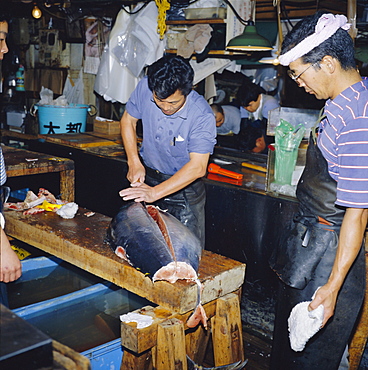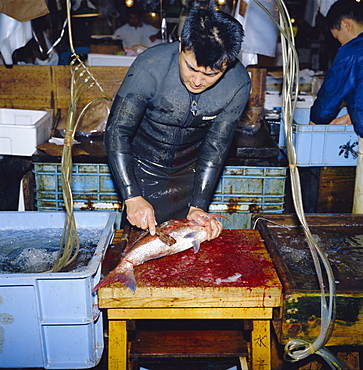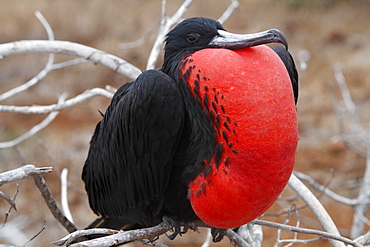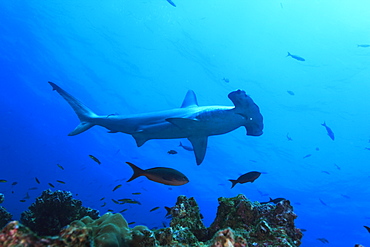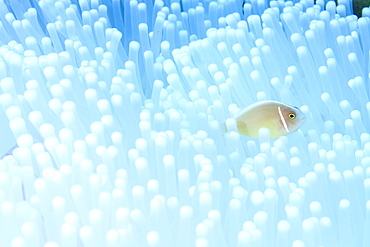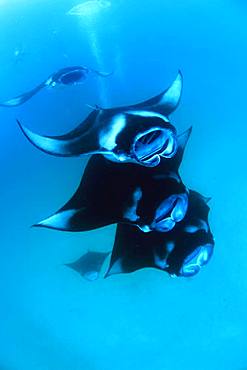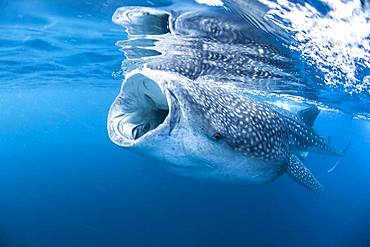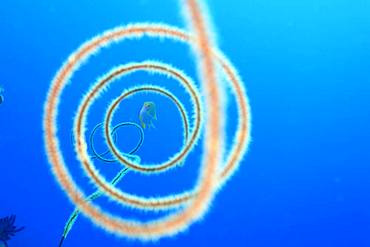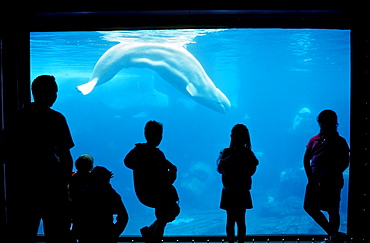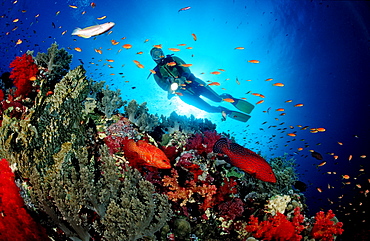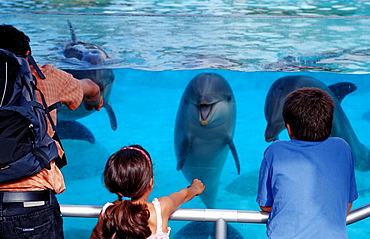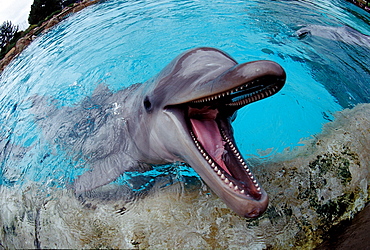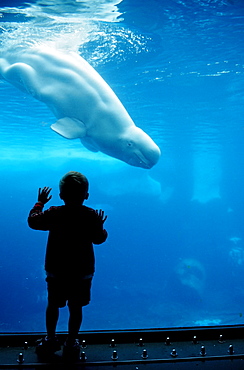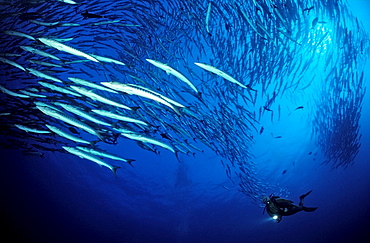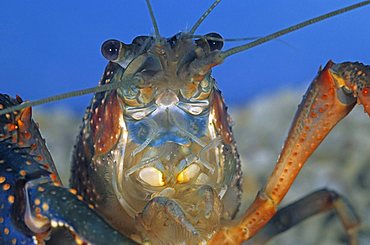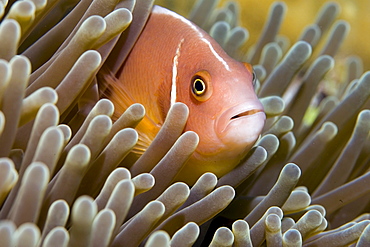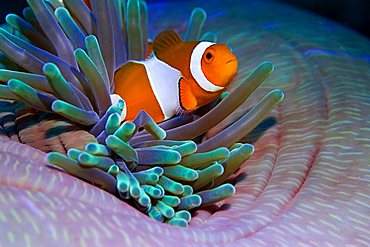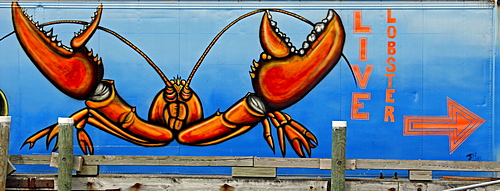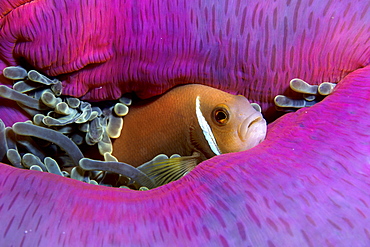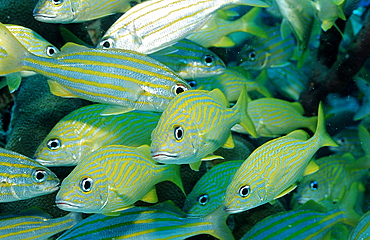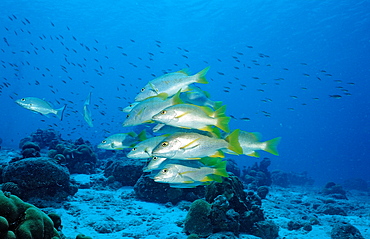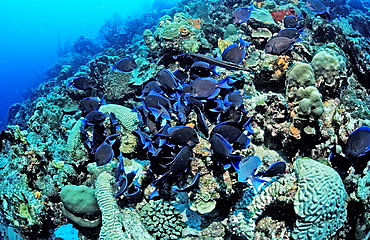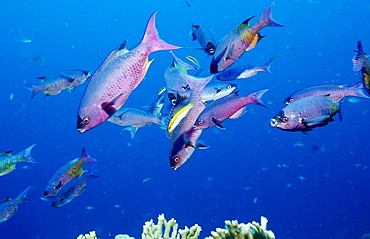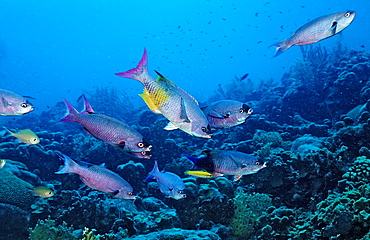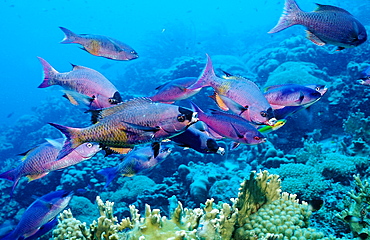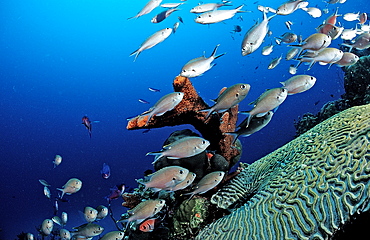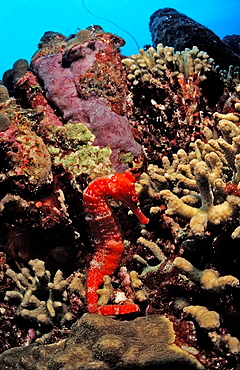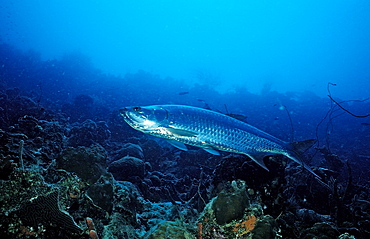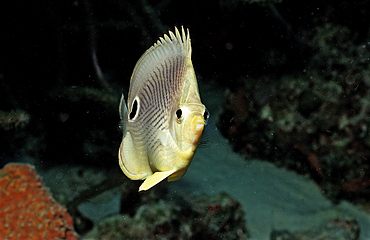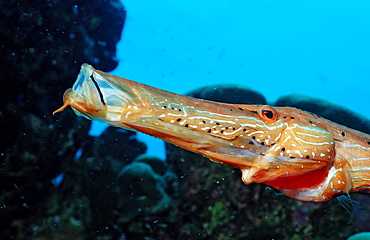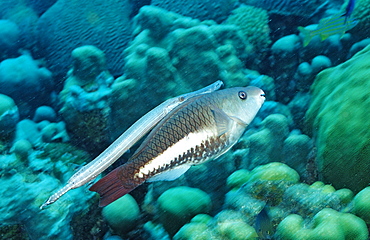Results
33 results found
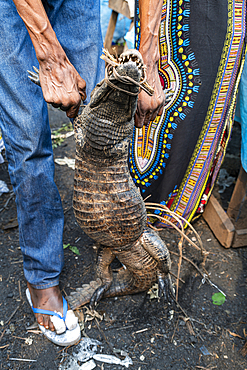
Living crocodiles for sale at the market of Mbandaka, Equateur province, Democratic Republic of Congo, Africa
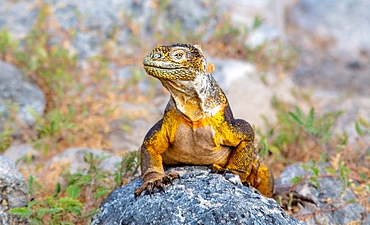
Galapagos Land Iguana (Conolophus subcristatus), large lizard can can grow to five feet long and live for 60 years, South Plaza island, Galapagos, UNESCO World Heritage Site, Ecuador, South America

Galapagos Giant Tortoise (Chelonoidis chathamensis), can live for over 100 years, on San Cristobal island, Galapagos, UNESCO World Heritage Site, Ecuador, South America
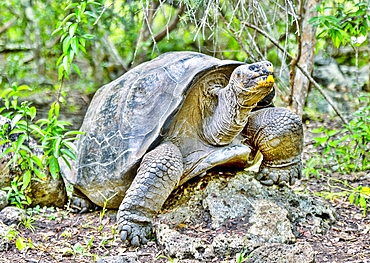
Galapagos Giant Tortoise (Chelonoidis chathamensis), can live for over 100 years, on San Cristobal island, Galapagos, UNESCO World Heritage Site, Ecuador, South America
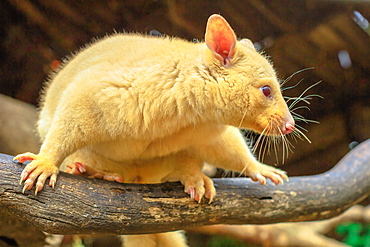
Golden brushtail possum on a tree, the light color is a genetic mutation of common Australian possums that live only in Tasmania, Australia, Pacific
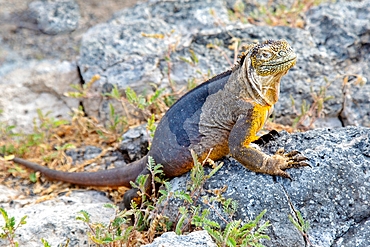
Galapagos Land Iguana (Conolophus subcristatus), large lizard can can grow to five feet long and live for 60 years, South Plaza island, Galapagos, UNESCO World Heritage Site, Ecuador, South America
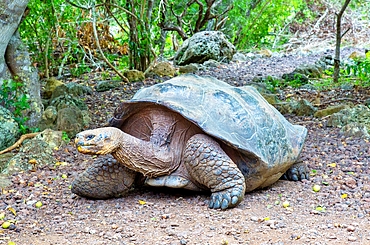
Galapagos Giant Tortoise (Chelonoidis chathamensis), can live for over 100 years, San Cristobal island, Galapagos, UNESCO World Heritage Site, Ecuador, South America
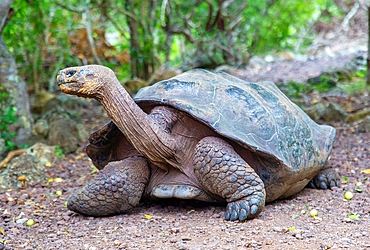
Galapagos Giant Tortoise (Chelonoidis chathamensis), can live for over 100 years, San Cristobal island, Galapagos, UNESCO World Heritage Site, Ecuador, South America
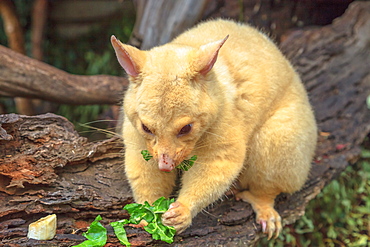
Golden brushtail possum eating, the light color is a genetic mutation of common Australian possums that live only in Tasmania, Australia, Pacific
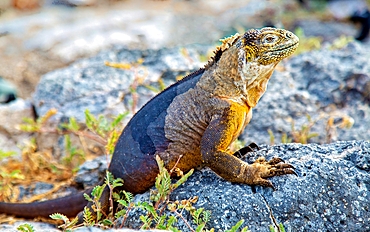
Galapagos Land Iguana (Conolophus subcristatus), large lizard can can grow to five feet long and live for 60 years, South Plaza island, Galapagos, UNESCO World Heritage Site, Ecuador, South America
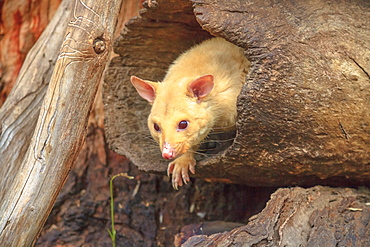
Golden brushtail possum on a tree, the light color is a genetic mutation of common Australian possums that live only in Tasmania, Australia, Pacific
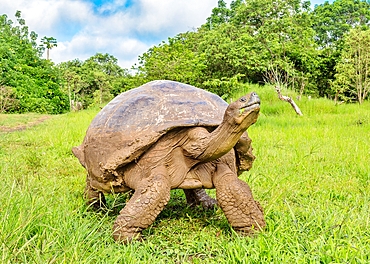
Galapagos Giant Tortoise (Chelonoidis chathamensis), can live for over one hundred years, Santa Cruz island, Galapagos, Ecuador, South America
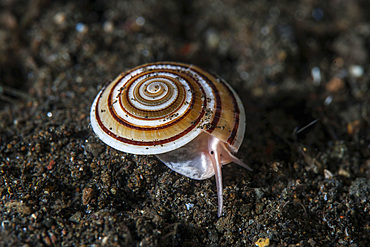
A live sundial shell (Architectonica perspectiva) crawls across the seafloor in Komodo National Park, Indonesia. This tropical region in Indonesia is known for its spectacular coral reefs and high marine biodiversity.
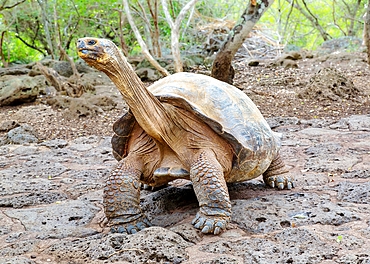
Galapagos Giant Tortoise (Chelonoidis chathamensis), can live for over 100 years, San Cristobal island, Galapagos, UNESCO World Heritage Site, Ecuador, South America
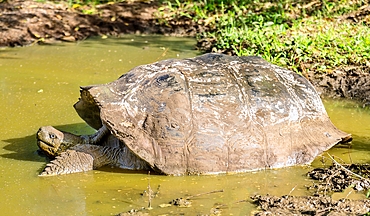
Galapagos Giant Tortoise (Chelonoidis chathamensis), can live for over 100 years, on San Cristobal island, Galapagos, UNESCO World Heritage Site, Ecuador, South America
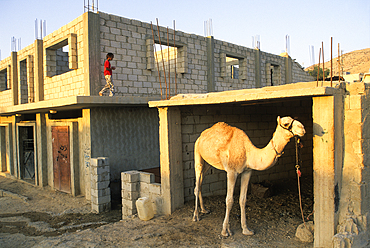
House under construction, village of Um-Sayhoun where most Bedouins working at Petra now live, Um-Sayhoun, Jordan, Middle East
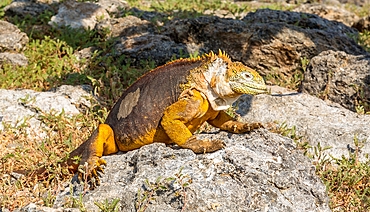
Galapagos Land Iguana (Conolophus subcristatus), large lizard can can grow to five feet long and live for 60 years, South Plaza island, Galapagos, UNESCO World Heritage Site, Ecuador, South America
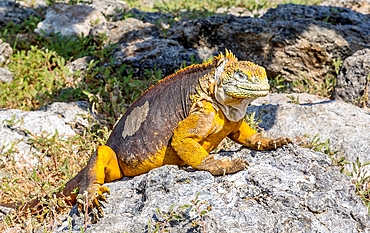
Galapagos Land Iguana (Conolophus subcristatus), large lizard can can grow to five feet long and live for 60 years, South Plaza island, Galapagos, UNESCO World Heritage Site, Ecuador, South America
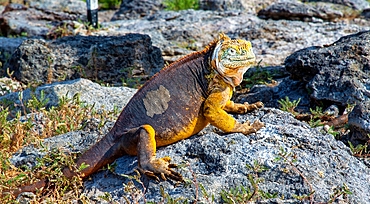
Galapagos Land Iguana (conolophus subcristatus), a large lizard species, that can grow up to five feet long and live 60 years, Galapagos, UNESCO World Heritage Site, Ecuador, South America
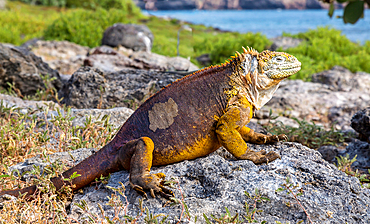
Galapagos Land Iguana (Conolophus subcristatus), large lizard can can grow to five feet long and live for 60 years, South Plaza island, Galapagos, UNESCO World Heritage Site, Ecuador, South America
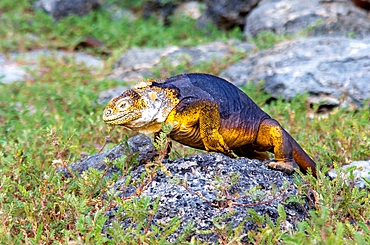
Galapagos Land Iguana (Conolophus subcristatus), can grow to five feet long and live for 60 years, South Plaza island, Galapagos, UNESCO World Heritage Site, Ecuador, South America
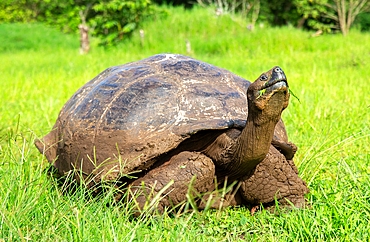
Galapagos Giant Tortoise (Chelonoidis chathamensis), can live for over 100 years, on San Cristobal island, Galapagos, UNESCO World Heritage Site, Ecuador, South America
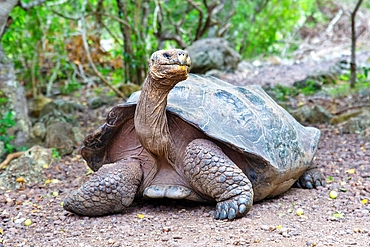
Galapagos Giant Tortoise (Chelonoidis chathamensis), can live for over 100 years, San Cristobal island, Galapagos, UNESCO World Heritage Site, Ecuador, South America
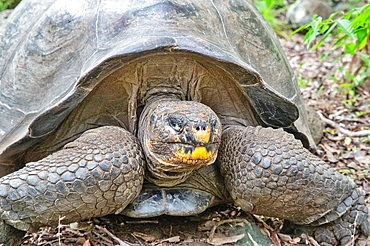
Galapagos Giant Tortoise (Geochelone chatamensis), can live to 100 years, on San Cristobal Island, Galapagos, UNESCO World Heritage Site, Ecuador, South America
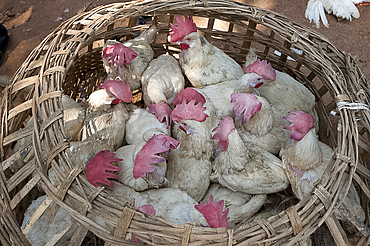
Live chickens in open woven bamboo basket, for sale in Mali weekly tribal market, Guneipada, Koraput district, Orissa (Odisha), India, Asia
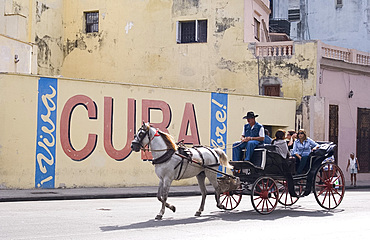
Tourists in a horse carriage passing a wall sign saying 'Live free Cuba', Havana, Cuba, West Indies, Central America
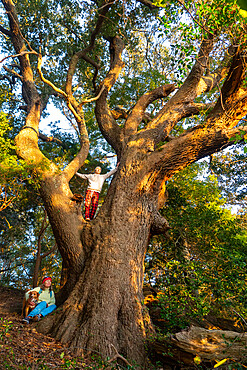
A woman and her son in the branches of one of the oldest Live Oaks in the Outer Banks of North Carolina, Nags Head, North Carolina, United States of America, North America
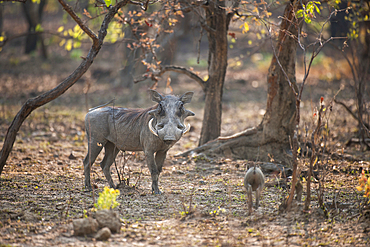
Warthog (Phacochoerus africanus) live in holes often dug by aardvarks in termite hills, Zambia, Africa
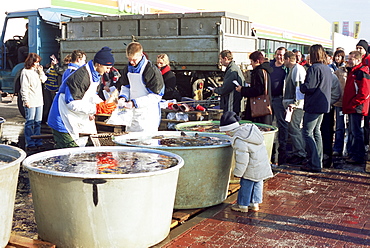
Buying live carp from tubs on the street for Christmas Eve, a tradition dating back hundreds of years, Prague, Czech Repubic, Europe
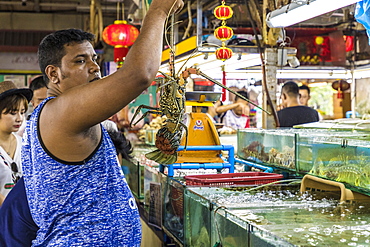
Live seafood for sale at the indoor Banzaan food market in Patong, Phuket, Thailand, Southeast Asia, Asia
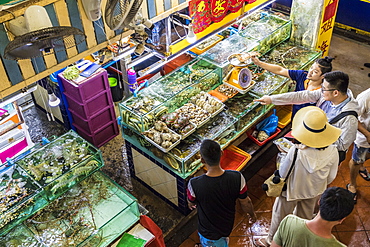
An aerial view of a live fish stall at the indoor Banzaan food market in Patong, Phuket, Thailand, Southeast Asia, Asia
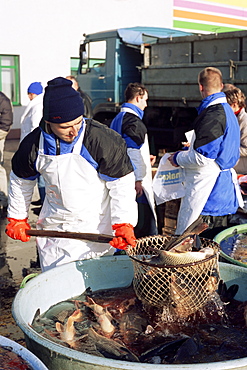
Vendor fishing out live carp from large tub on the street for Christmas Eve, a tradition dating back hundreds of years, Prague, Czech Repubic, Europe
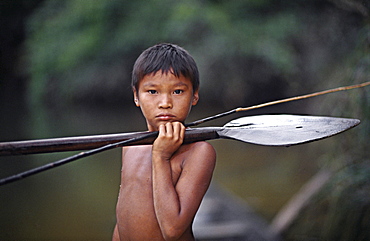
The idea of the interconnectedness of all things is central to the tribal way of looking at the world. practical knowledge of the environment, of crops and medicines, of hunting and fishing, is a byproduct of it. the makuna believe that human beings, animals, and all of nature are parts of the same one. animals and fish live in their own communities, which are just like human communities, with their chiefs, their shamans, their dance houses, their songs, and their material possessions. when human peoples dance in this world, the shaman invites the animal people to dance in theirs. if humans do not dance and shamans do not offer spirit food to the animal people, the animals will die out and there will be no more game left in the world. for the makuna the radical disjunction so characteristic of western thought between nature and culture, men and animals, dissolves. eastern colombia amazon, vaupes region, population: 600
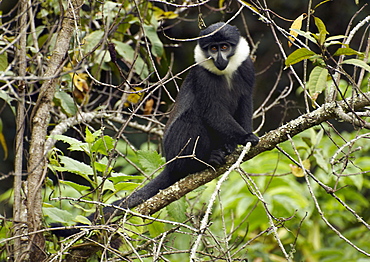
L'Hoest's Monkey (Cercopithecus lhoesti), or Mountain Monkey, is a guenon found in the upper eastern Congo basin. They mostly live in mountainous forest areas in small, female-dominated groups. They have a dark coat and can be distinguished by a characteristic white beard. Gikongoro, Rwanda, East Africa

A young Indian girl opens her door to a visiting goat in a jumper and ribbon. In Agra India. In developing countries people often live cheek by jowl with other species. The back streets of Agra are teaming with cows, pigs,goats kites etc.
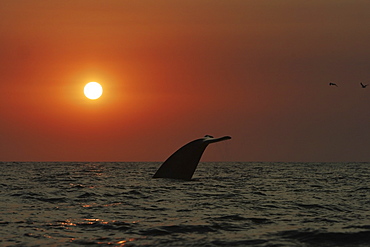
Blue Whale (Balaenoptera musculus) fluke-up dive at sunset in the offshore waters of Santa Monica Bay, California, USA. The blue whale is the largest animal to ever live on planet Earth.

Blue Whale (Balaenoptera musculus) fluke-up dive in the offshore waters of Santa Monica Bay, California, USA. The blue whale is the largest animal to ever live on planet Earth.

Blue Whale (Balaenoptera musculus) fluke-up dive in the offshore waters of Santa Monica Bay, California, USA. The blue whale is the largest animal to ever live on planet Earth.
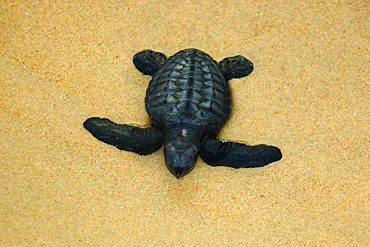
Olive ridley turtle hatchling, Lepidochelys olivacea, Costa do Sauipe, Bahia, Brazil (South Atlantic)
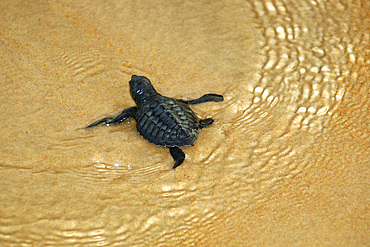
Olive ridley turtle hatchling, Lepidochelys olivacea, Costa do Sauipe, Bahia, Brazil (South Atlantic)
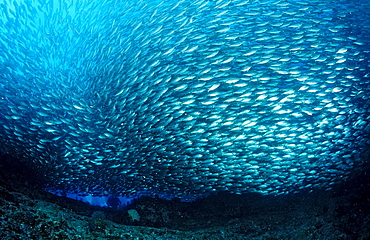
Schooling Pacific chub mackerel, Macarela estornino, Scomber japonicus, Mexico, Sea of Cortez, Baja California, La Paz

Humpback whale, mother and calf, Megaptera novaeangliae, Tahiti, French Polynesia, Rurutu, Pacific Ocean
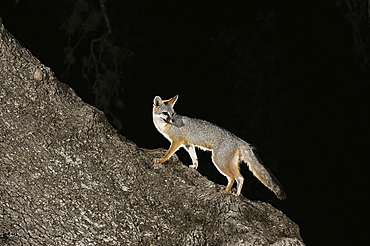
Gray Fox (Urocyon cinereoargenteus), adult at night climbing Live Oak tree (Quercus virginiana), Dinero, Lake Corpus Christi, South Texas, USA
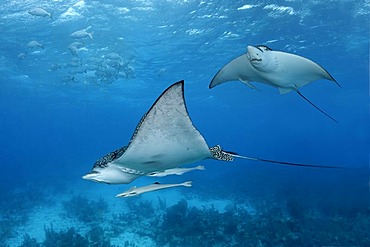
Spotted Eagle Rays (Aetobatus narinari) with Live Sharksuckers (Echeneis naucrates) swimming above a coral reef with sandbanks and White Mullet (Mugil curema) near the surface, Half Moon Caye, Lighthouse Reef, Turneffe Atoll, Belize, Central America, Cari
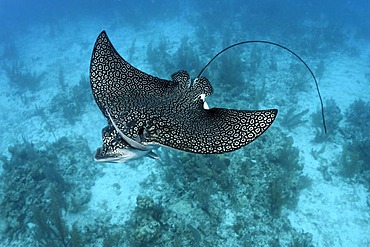
Spotted Eagle Ray (Aetobatus narinari) from above with dotted markings, Live Sharksuckers (Echeneis naucrates) above a coral reef with sandbanks, Half Moon Caye, Lighthouse Reef, Turneffe Atoll, Belize, Central America, Caribbean
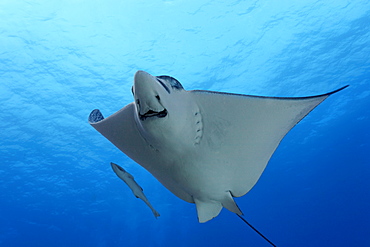
Spotted Eagle Ray (Aetobatus narinari) from below in blue water, Live sharksucker (Echeneis naucrates), Hopkins, Dangria, Belize, Central America, Caribbean
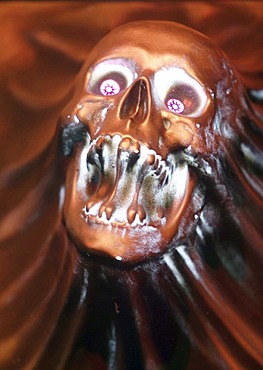
Jagsthausen, DEU, 17.11.2005: Heimo produces mobile figures for recreational parks, decoration, carnivals, amusement rides and advertisement.

Jagsthausen, DEU, 17.11.2005: Heimo produces mobile figures for recreational parks, decoration, carnivals, amusement rides and advertisement.
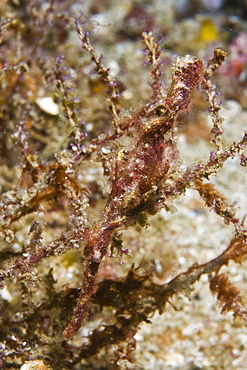
perfectly camouflaged. Robust Ghost Pipefish, Solenostomus cyanopterus, mimic the seagrass in which they live.
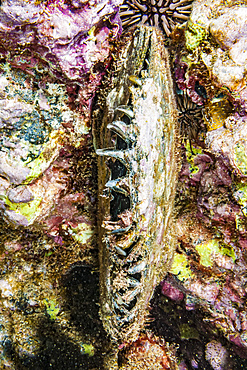
Live Black-Lipped Pearl Oyster (Pinctada margaritifera) living on Haloha Reef off Maui; Maui, Hawaii, United States of America

A Slender Spongegoby (Phyllogobius platycephalops) and two different species of crabs. Attached to the goby are several parasites with egg cases, that will likely prove fatal over time. Many species live on the convuluted surface of this sponge, Philippin
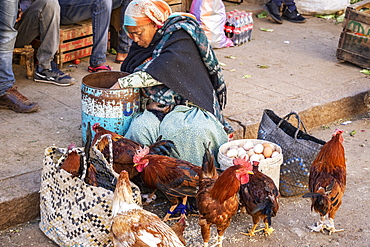
Eritrean woman selling chickens at the Mercato of the indigenous people, Asmara, Central Region, Eritrea
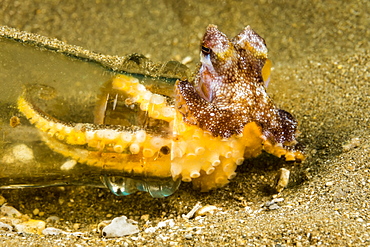
This Short Armed Sand Octopus (Amphioctopus arenicola) has selected a beer bottle to live in. They are normally found in a small hole on a sandy bottom, not far from a reef and is endemic, Maui, Hawaii, United States of America
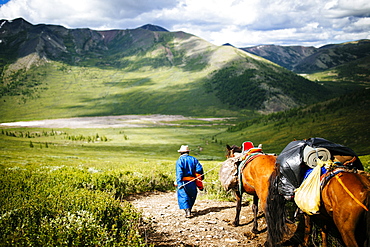
Guides and travelers ride horses into the East Taiga forests of northern Mongolia to visit the remote, nomadic reindeer herders that live near the Siberian borders of the country, Mongolia

Scuba diver and Foureye Butterflyfish, Chaetodon capistratus, Netherlands Antilles, Bonaire, Caribbean Sea
